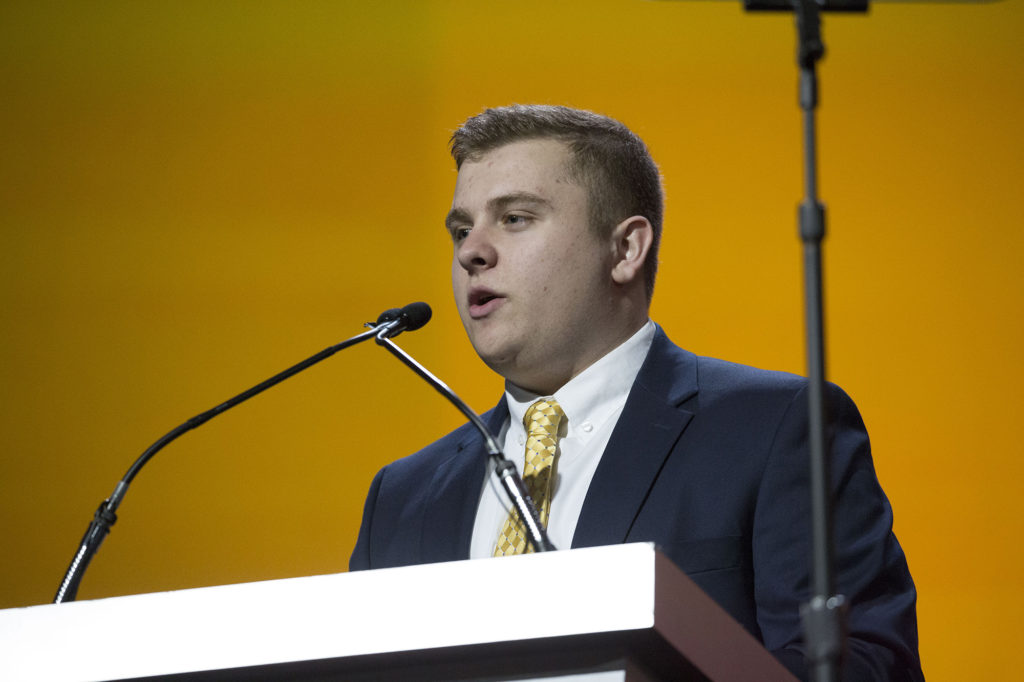
The story of electricity, you know, the one we learned about in elementary school and will be taught to generations to come?
- Benjamin Franklin and his urge to play with lightning
- Thomas Edison with the invention of those things called light bulbs
- In 1880, small electrical stations based on Edison’s design were in a number of U.S. cities and life as they once knew it was beginning to change.
When most people think of the United States, cities like Atlanta, New York and Washington, D.C., come into the picture, but the heartbeat of this great country is its rural areas.
Eighty-two years ago, the Rural Electrification Administration was created to bring electricity to rural areas.
I recall the stories of my great-grandfather milking cows by hand and then carrying the milk in cans down to the spring house to keep it cold until the truck came to pick it up.
For today’s society, especially today’s youth, a phone without a phone charger, a Pop Tart without a 10-second microwave ride or an early morning shower without hot water would be considered unbearable.
We are all blessed and incredibly lucky to live in such a time where it is as simple as flipping a switch to say, “Let there be light.”
I was a bit skeptical of getting on a bus and traveling to a large city where the only three people that I knew were me, myself and I. Little did I know that the multiple people traveling from all across the state and nation to Washington, D.C., would soon become some of my closest friends.
From meeting our state’s congressional delegation, visiting the sights and memorials of our nation’s history in D.C., to fellowshipping with newfound friends, this trip to our nation’s capital had quickly turned into a trip of a lifetime.
Having the opportunity to stand on the steps of the Lincoln Memorial where Martin Luther King Jr. delivered the famous “I Have a Dream” speech inspired me that I, too, a rural farm kid from east Tennessee, have a dream as well.
The humbling experience of the laying of the wreath and changing of the guard [at the Tomb] of the Unknown Soldier at Arlington National Cemetery gave me great pride.
The Washington Youth Tour is much more than 1,700 teens from across the country coming together. It is about discovering and inspiring the young leaders of tomorrow.
Washington, D.C., could be viewed as just a bunch of large buildings made of marble and granite, but after attending the tour I have gained a new appreciation for the individuals who work in these buildings.
I made a decision to invest my time into the application, and I appreciate the people behind the Washington Youth Tour for matching that investment to me and my future.
Aaron Lay is NRECA’s Youth Leadership Council spokesman. The high school senior from Madisonville, Tennessee, attended NRECA’s Electric Cooperative Youth Tour in Washington, D.C., with the Tennessee Electric Cooperative Association on behalf of Fort Loudoun Electric Cooperative. Lay plans to attend Tennessee Tech University to study agriculture communications. These remarks are excerpted from his Feb. 27 speech at the NRECA Annual Meeting. You can read his complete speech here.